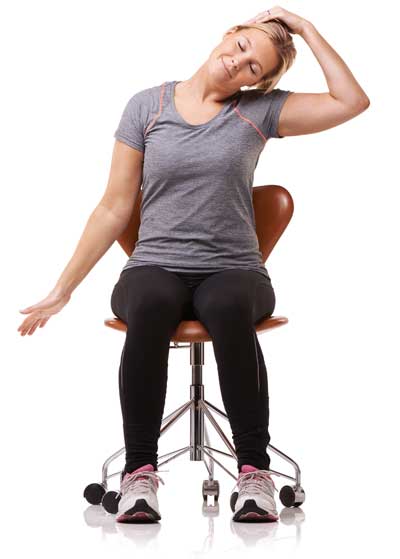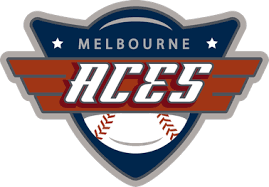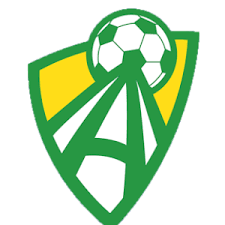Neck Pain can be a debilitating health problem. Your head is heavy and balanced on a narrow support made up of seven bones called vertebrae. The vertebrae are separated from each other by discs, stabilised by joints and ligaments and moved by muscles. Because the neck is so mobile, it is easily damaged.

Onset of pain may be immediate or there may be a slow onset – pain gradually increases over several days or weeks. Pain or deep ache of the neck, shoulder or arm (this needs to be differentiated from true shoulder pain, such as tendonitisbursitis). There may be burning or tingling of the arm or hand or headaches. It may be continuous, or only occur when you are in a certain position. The pain may be aggravated by turning your head, looking up or looking down, you may experience stiffness of the neck and shoulder muscles and have a reduced range of motion of the neck.
Neck injuries most often result from motor vehicle, sports or occupational accidents. Damage may occur to vertebrae, joints, nerves, discs, ligaments and muscles. A common neck injury is the acceleration/deceleration injury or ‘whiplash’ where the head is thrown forward or backward.
Bad posture can cause neck pain, ligaments are over-stretched, muscles become tired and the neck joints and nerves are put under pressure. Slouching your shoulders with your head pushed forward, sleeping with your head in an awkward position, or working with your head down for long periods, will all tend to cause or worsen neck pain. If you are experiencing neck pain, it is important that you have your condition assessed by a physiotherapist.

A Physiotherapist can provide an assessment or examination to help determine the source of pain and its behaviour in the body. The location of the pain and how it behaves can provide an understanding of the underlying physiological problem and provide a treatment plan. Your treatment may involve:
- Soft tissue massage
- Manipulation
- Joint mobilisation techniques
- Postural re-education
- Strengthening, stabilising and stretching exercises to help you manage your problems long-term
- Neural mobilisation techniques
- Trigger point therapy
- Advice and recommendations for ergonomics/desk setup and activity modification
Research tells us that symptoms lasting longer than three months become habitual and are much harder to solve. The sooner you get on top of your neck symptoms the better your outcome.
Seated Neck Stretch

- Sit in a chair with your feet flat on the ground.
- Extend your right arm along the right side of the chair.
- Place your left hand on the top of your head and slowly tilt your head to the left.
- Apply gentle pressure with your hand to increase the stretch. To feel a deeper stretch, you can hold onto the seat of the chair. This stabilises the torso and allows you to isolate the stretch on the side of your neck.
- Hold on this side for 30 seconds, then slowly lift your head up and repeat this stretch on the other side.
Towards Wellness
Get in touch with us so we can help alleviate your neck pain.














